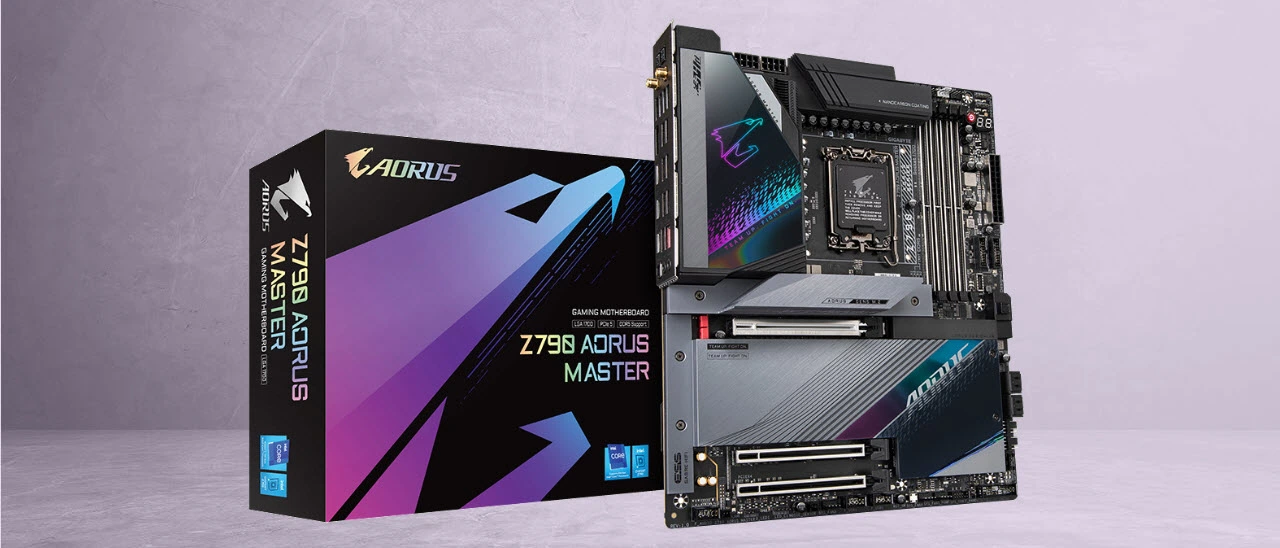A backdoor function that was recently discovered in hundreds of Gigabyte motherboards has been eliminated via BIOS upgrades. Firmware and hardware security firm Eclypsium, which discovered that the firmware of more than 270 Gigabyte motherboards drops a Windows binary that is launched at boot-up to retrieve and execute a payload from Gigabyte’s servers, first made the problem public last week.
Although it does not appear that the backdoor was utilised maliciously, threat actors are known to have misused similar capabilities in prior assaults. It is unknown if a rogue insider, a server penetration at Gigabyte, or a supply chain assault led to the backdoor.
Shortly after Eclypsium released their study, Gigabyte announced the release of BIOS patches that mitigate the issue. On the official Gigabyte website, the upgrades are accessible for the Beta BIOS of the Intel 700/600 and AMD 500/400 series. To reduce risks, Gigabyte has encouraged consumers to update their BIOS as soon as feasible. You may go to the Gigabyte website and input your product model number to see if your motherboard is vulnerable.
Gigabyte has had to release BIOS upgrades to address security issues twice in recent months. The company provided fixes in March to address a vulnerability that could let attackers take over vulnerable systems. If you have a Gigabyte motherboard, you should download and install the latest firmware as soon as possible. You can find the firmware for your specific model on the Gigabyte website.
To update your firmware, you will need to boot your computer into the BIOS or UEFI. This can be done by pressing a specific key during the boot process, such as Delete, F2, or F12. Once you are in the BIOS or UEFI, you will need to find the firmware update option and select it. The firmware update process will then begin.

Leave a Reply
You must be logged in to post a comment.